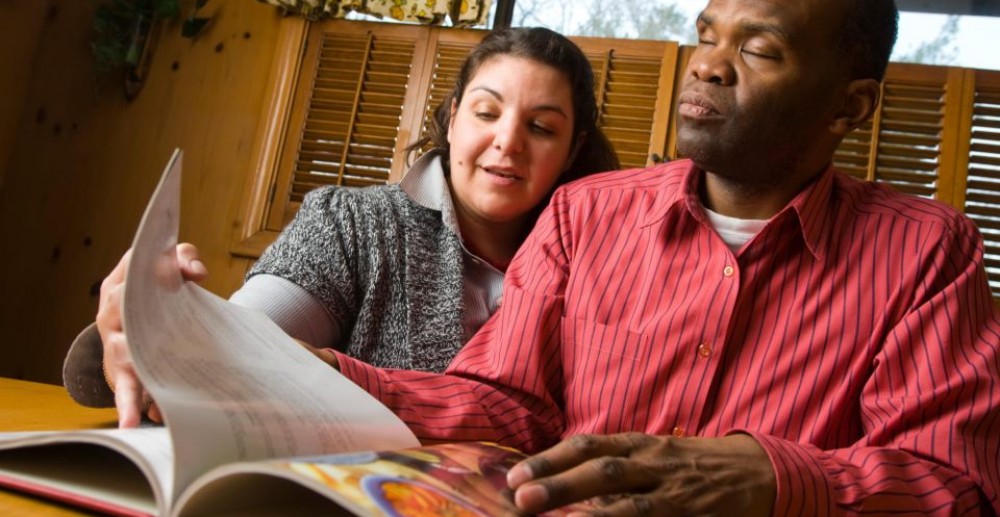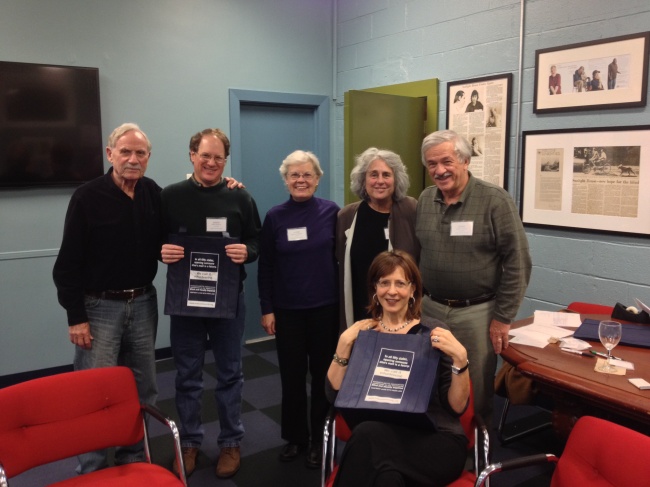
Visually impaired artist Jeff Hanson is attending the Rolex 24 at Daytona this weekend. His art is being featured on the Porsche 911 GT America, the No. 73 racecar, as part of a fundraising and awareness campaign for neurofibromatosis called Racing4Research.
Jeff Hanson lost most of his vision as a child, due to an optic nerve tumor related to neurofibromatosis, but it didn’t stop him from pursuing his passion for painting.
Today, the 20-year-old artist is known for his colorful, texture-heavy paintings and his philanthropy. He has painted acrylic canvases for more than 100 charities—raising more than $1 million—since 2006, earning awards for “Youth Philanthropist of the Year” and “Young Entrepreneur of the Year.”
Hanson’s art will soon be featured on the Porsche 911 GT America, the No. 73 racecar, at the Rolex 24 race in Daytona this weekend. The project benefits Racing4Research, a fundraising and awareness campaign for neurofibromatosis.
In an interview with Hanson, MABVI learned about his inspirations and his creative process.
MABVI: How did you discover your passion for painting? Was it before or after your vision loss, and how did it develop afterward?
JEFF HANSON: At age 12, I started painting watercolor note cards during chemotherapy to my optic nerve tumor, which I nicknamed CLOD. Painting was a joyful activity during this frightening time in my life. I assumed I would go [completely] blind.
I very slowly lost vision from ages 6 through 12. Finally my vision got so poor that my medical team recommended chemotherapy and radiation in hopes of preserving the remaining vision. Miraculously, my vision improved after radiation. I always had a unique sense of color, but now that my vision is better I can paint colorful abstract landscapes better than ever.
MABVI: What do you enjoy most about painting right now, and what do you like about the textures of painting?
JEFF HANSON: I love applying heavy texture to the canvas. My eyes do not work perfectly, but my sense of touch works great. Thus, heavily textured canvases are my favorite. My paintings are travel inspired. I love traveling the world and coming home to my studio and painting my interpretation of what I have seen, such as a field of blooming poppies in Tuscany.
MABVI: Are there any artsy gadgets or tools you would recommend?
JEFF HANSON: Most of my painting tools come from Home Depot, not an art store. Putty knives, scrapers, tiles, trowels, rollers, Q-tips, spatulas and occasionally paint brushes are used. Anything that creates more texture is a bonus. I paint with the canvas sitting on the floor. No easel. My acrylic paint is applied so heavily that it would ooze to the floor if the canvas stood vertically.
MABVI: Can you tell us about how you have managed to live with “CLOD” without letting it define you, and how your positive attitude has influenced your work and lifestyle?
JEFF HANSON: American author Maya Angelou put it this way: “You may not control all the events that happen to you, but you can decide not to be reduced by them.” Don’t let CLOD define you! It is important to focus on what you can do, not what you can’t do. Buck up and find your niche, find activities or careers that interest you.
MABVI: What are some of the biggest misconceptions people have about vision impairment and the arts?
JEFF HANSON: Unfortunately, the majority of the public does not know about the abilities of persons who are blind or visually impaired. People who are blind or visually impaired are working in nearly every career field, almost anything not involving driving. I am an accidental artist and a visually impaired one at that!
Want to find out more about Jeff Hanson? Visit his website at www.JeffreyOwenHanson.com.


